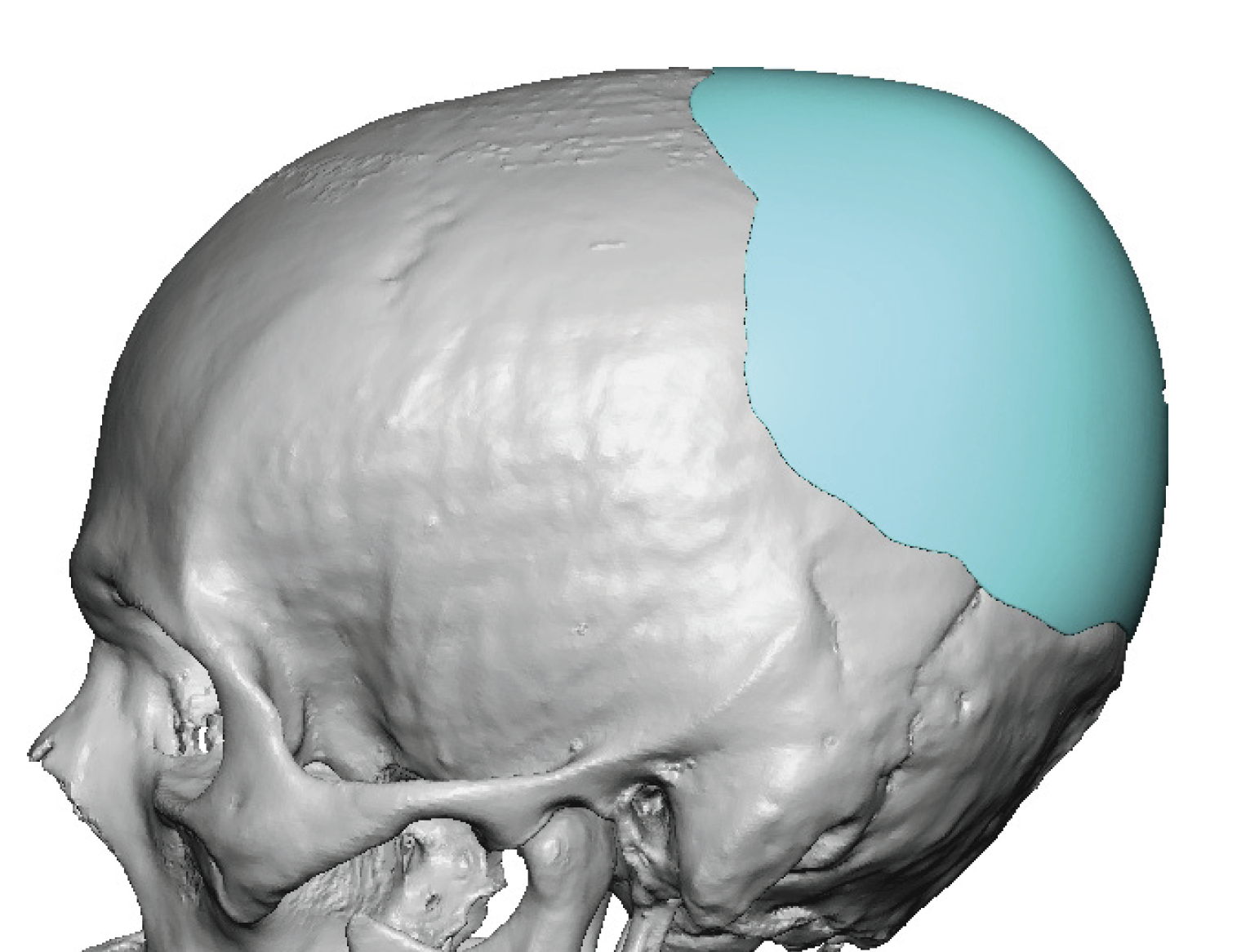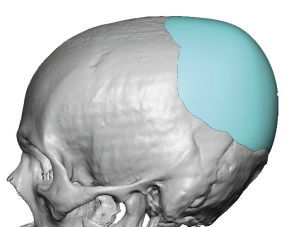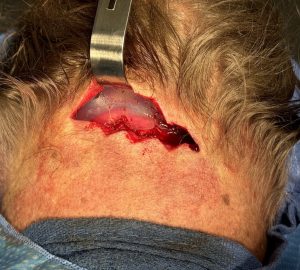Background: There are numerous types of aesthetic skull deficiencies for which patients seek treatment. But despite the varieties there are several distinct trends amongst genders. Women often desire an improved crown of their head shape while men often seek improvement of the flat back of their heads. Women seek crown of head augmentation to make their hair look higher/fuller. (hence the bumpit device) Men more frequently than not seek augmentation of the back of their head because they don’t have hair and desire to replace what appears to be cut off or is missing.
Men appear for back of head augmentation at all ages. I have seen and treated such male patients from age 18 to 72 years old. Some are concerned that they may be too old for surgery while others may think they are too young. But age is actually irrelevant when it comes to aesthetic skull augmentations as long as the skull is largely developed. What does matter is how much the scalp can stretch to accommodate the implant which is not known to be affected by age. By definition a flat or smaller head shape has less scalp so that must be considered into the implant design.
Another less obvious but important consideration in any custom skull implant design, particularly for the flat back of the head where maximal change in contour projection is desired, is scalp thickness. As a general rule the thicker the scalp the more flexible it is and the bigger implant volume it can accommodate. One indicator of scalp thickness is skin pigmentation. The more pigment one has in the skin the thicker the scalp usually is. Thus there are major differences in scalp thickness/stretch between a Caucasian blonde haired patient to a Black dark haired one.
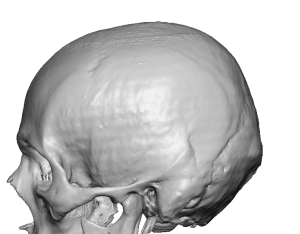

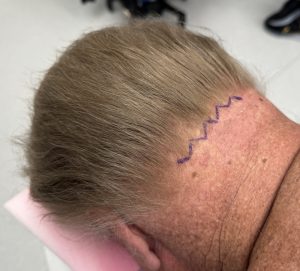

Over a drain the scalp was closed in multiple layers with resorbable sutures.
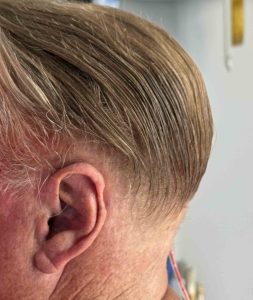
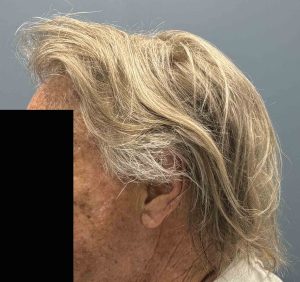
As a Caucasian fair complexioned male with a flat back of the head his scalp stretch was predicted to be limited. Using the average 150cc skull implant volume limit it was elected to keep his implant design below this average amount. This not only allows for an implant placement that keeps the entrance incision as small as possible but also prevents the rare risk of hair shock loss.
Key Points:
1) The flat back of the head is the #1 male skull shape deficiency that seeks treatment.
2) It is scalp stretch not age that determines effectiveness of custom back of the head skull implants.
3) If the occipital hairline is high enough the incision used for skull implant placement can be just below it.
Dr. Barry Eppley
World-Renowned Plastic Surgeon

